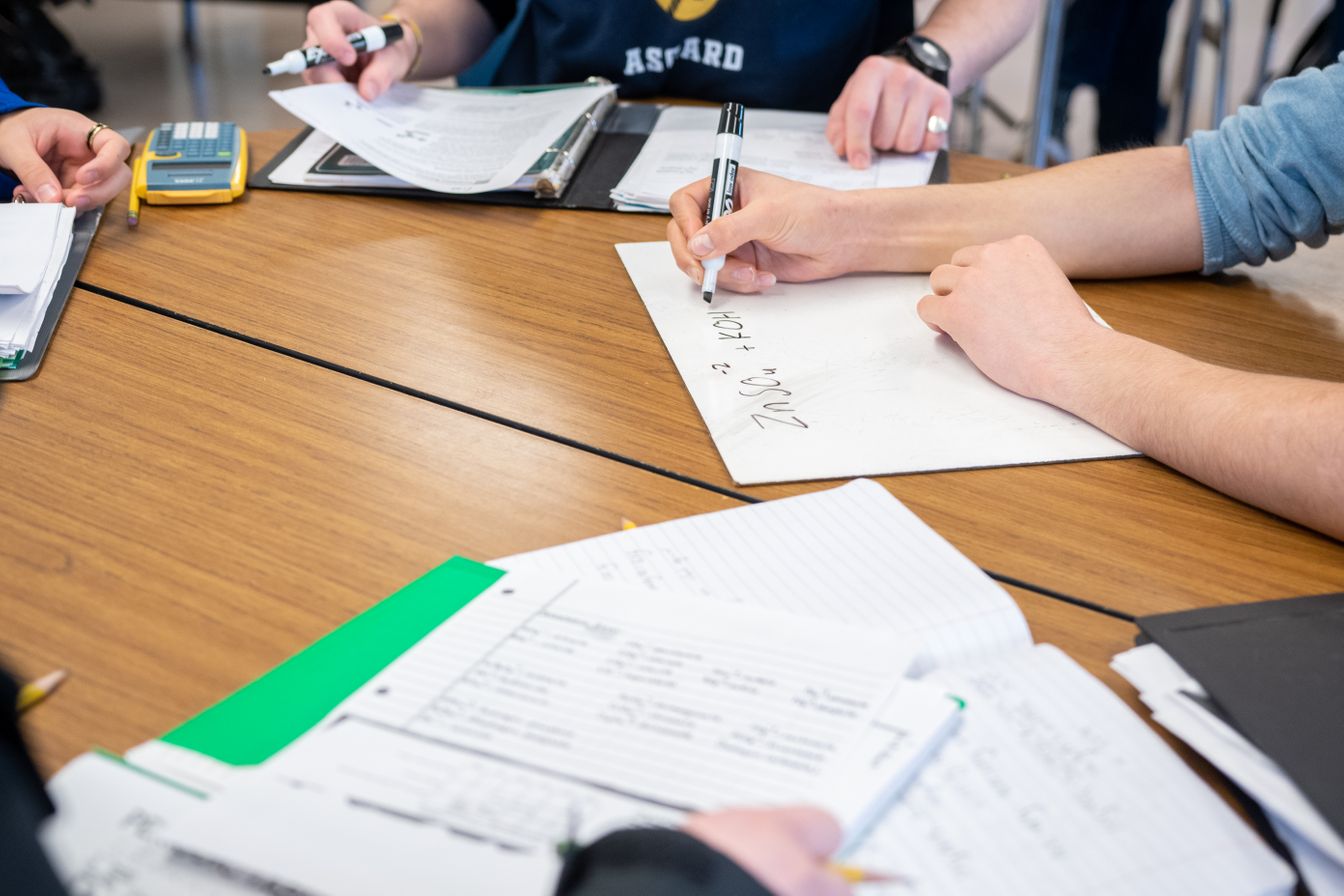Proficiency-based Grading: A New Way to Think About Skills, Progress, and Grades
September 26, 2024

As we transition to a new student information system and grading platform, some of our TA educators are using the opportunity to shift how they track and report student progress in their classes – in other words, how they grade.
One important new capability for us in Alma is the option to use proficiency-based grading. We are excited to have a group of faculty implementing a proficiency-based approach to grading this year, many of whom are building on their prior experience in other schools.
What is proficiency-based grading?
A proficiency* is a combination of skills, abilities, and knowledge needed to perform a specific task.
A class organized around proficiency-based grading features:
- a set of content-specific standards to which assignments are tied
- descriptions of what students need to do (rubrics, checklists, etc.)
- feedback to students in order to strengthen their performance and learn more
- formative and summative assessments
- multiple opportunities to demonstrate their knowledge and skills
- an emphasis on the most recent or best evidence of learning
- a focus on progress, growth, and achievement
(*There are lots of synonyms for the word proficiency. New Hampshire uses the word “competency.” Vermont prefers “proficiency.” Some schools use the term “standard.” We don’t want to get too caught up in semantics!)
Why proficiency-based grading?
One of the benefits of a proficiency-based grading system is that it directs student attention to skill-growth rather than a single grade. It also reflects a commitment to provide clarity for students and families – clarity about what we want students to know and be able to do, clarity about their progress towards goals, and clarity about how students can further develop and grow.
We believe that this approach aligns with our TA mission “to nurture [students’] strengths and to challenge them to fulfill their potential.” It is also part of a broader shift in secondary education; an emerging body of research has linked proficiency-based systems to higher academic performance and better student outcomes. In Vermont, proficiency-based systems are a key component of flexible and personalized pathways.
How does proficiency-based grading differ from ‘traditional’ grading?
Traditional grading systems are usually based on a points system. Progress in a class shows up as a single grade (e.g. a B+). And often the final grade is an average of all assessments combined.
One teacher’s experience
I am one of the teachers adopting a proficiency-based grading this year. When I have used it in the past, I’ve asked my students to reflect, “In what ways do you prefer traditional grading? What benefits do you think proficiency-based grading might offer you?” These questions are a way to acknowledge that some aspects of a traditional grading system might feel more comfortable – for all of us! My students’ answers reflect our complex feelings about grading. Some would rather stick with the “A” they know, while others are curious about how a proficiency system can give them more clarity about skills they’re mastering and areas for growth.
In some ways, adopting a proficiency-based grading system challenges long-held grading traditions. Most of us grew up with letter grades, and we think we know what an A means, what a B means, and so on. But in many ways, proficiency-based grading can provide both students and families with better information about student growth and achievement.
Change is hard. We aim to be as clear and informative as possible throughout the process.


